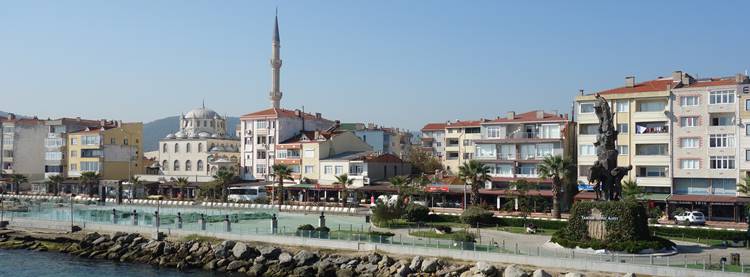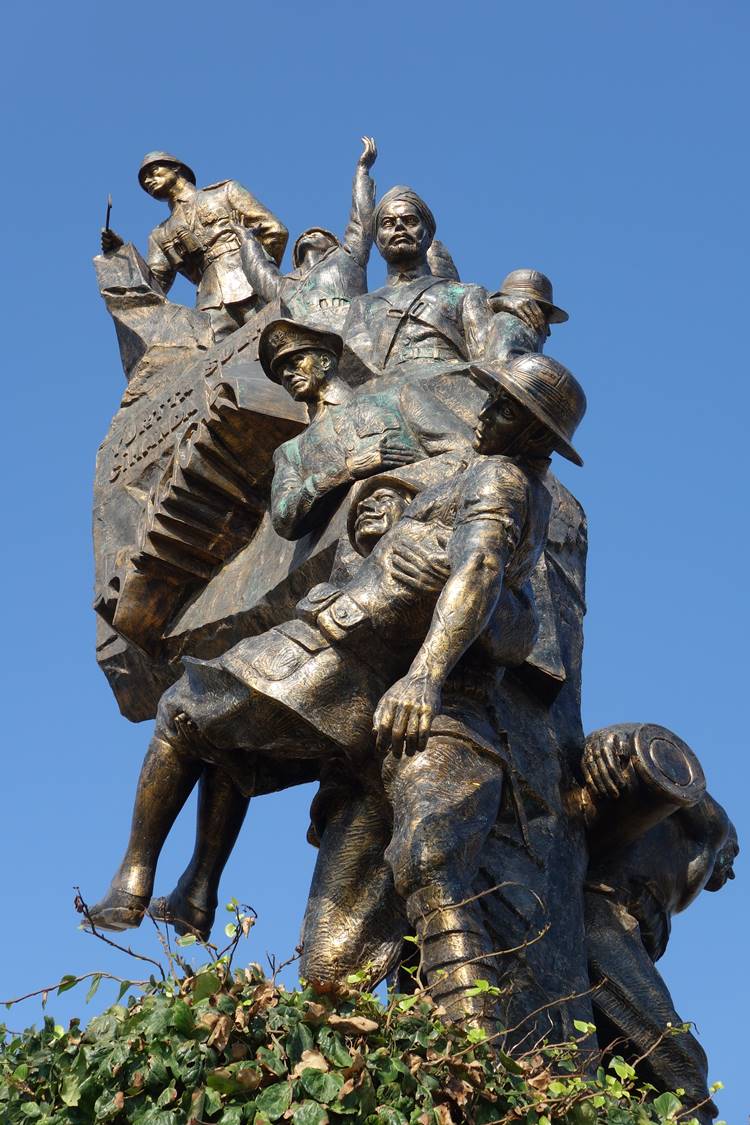
Eceabat
The Turkish town of Eceabat, formerly known as Maydos/Maidos, is one of two main options to stay if you wish to visit the Gallipoli battlefields as part of a multi-day trip. The other is the city of Canakkale which lies across the Dardanelles from Eceabat and I have dealt with the city in a separate article here: Canakkale. Eceabat is a very small town and the area which will be of most interest is the promenade (pictured above) which contains hotels, souvenir shops, and restaurants. The town is five hours away from Istanbul by coach with frequent connections. When I visit Gallipoli I always stay in Eceabat though you may prefer to stay in Canakkale and I have outlined the pros and cons of the town below.
Pros to Staying in Eceabat
- Eceabat is close to the battlefields which are a short car drive away.
- By staying in the town you don’t have to catch the ferry to and from Canakkale which will save you at least an hour of travel each day.
- While small, Eceabat has all the facilities you need to visit the battlefields and continue on your journey including taxis, ATMs, local buses, and a Metro coach office where you can book tickets to Istanbul and other destinations.
Cons to Staying in Eceabat
- Compared to Canakkale, there are fewer options for accommodation and restaurants.
- Eceabat is very quiet compared to Canakkale and lacks the Turkish feel which can be found in the city.
- Aside from visiting the Gallipoli battlefields, there’s nothing really to see or do in Eceabat.
What to See in Eceabat
There is very little to see in the town apart from an impressive diorama of Quinn’s Post known as Bomba Sirte (Bomb Ridge) to the Turks. The diorama is close to the ferry terminal and on the other side of the park is a map of Gallipoli with the Turkish and Commonwealth cemeteries and memorials marked. There are also busts of the Turkish commanders of the campaign.
Just beyond the diorama is a large bronze statue with Mustafa Kamal Atatürk surmounting a range of figures including a weeping mother, a British, New Zealander, Indian and Australian soldier, while at the rear of the statue is the ubiquitous Corporal Seyit carrying his 250kg shell.
- Visit the Battlefields of Gallipoli
- Catch a ferry to Canakkale
- Take a minibus or taxi to Kilitbahir

